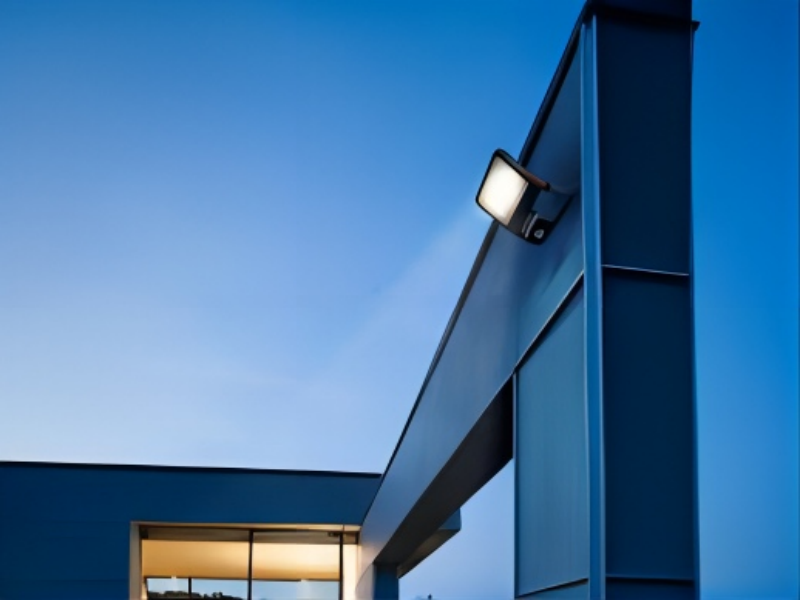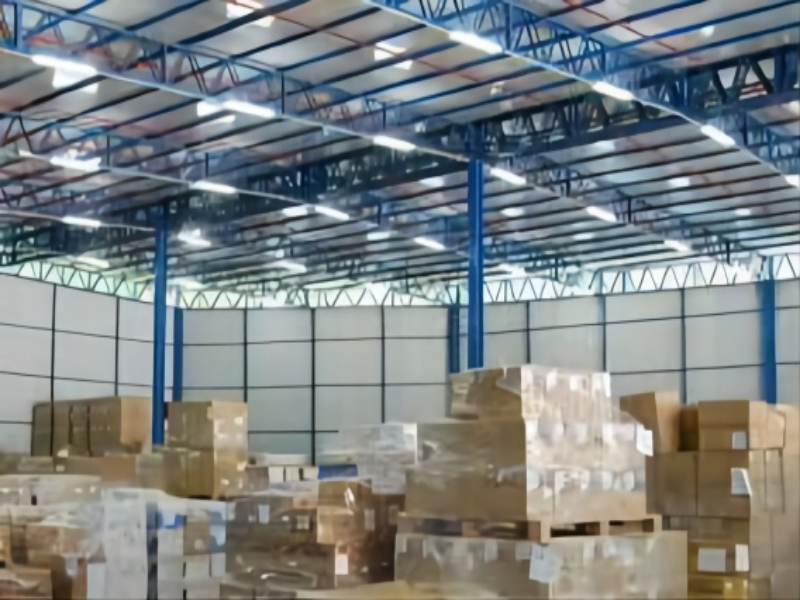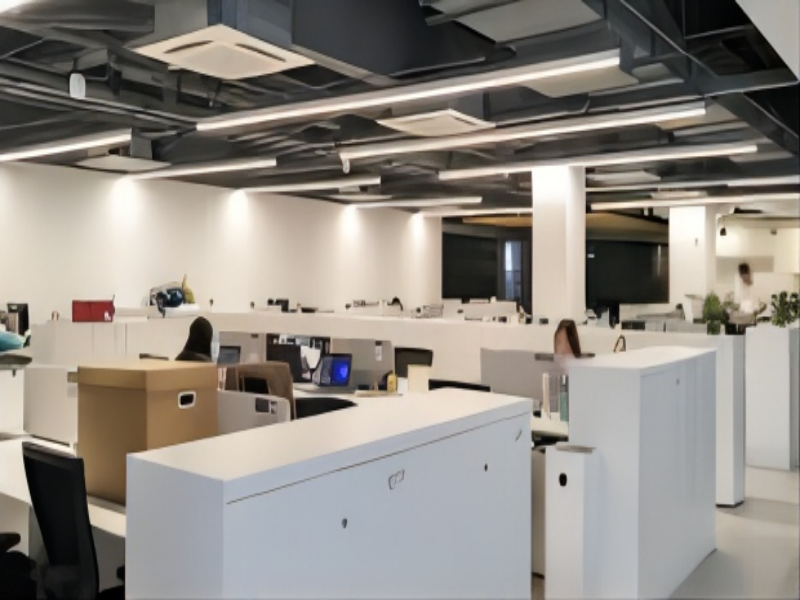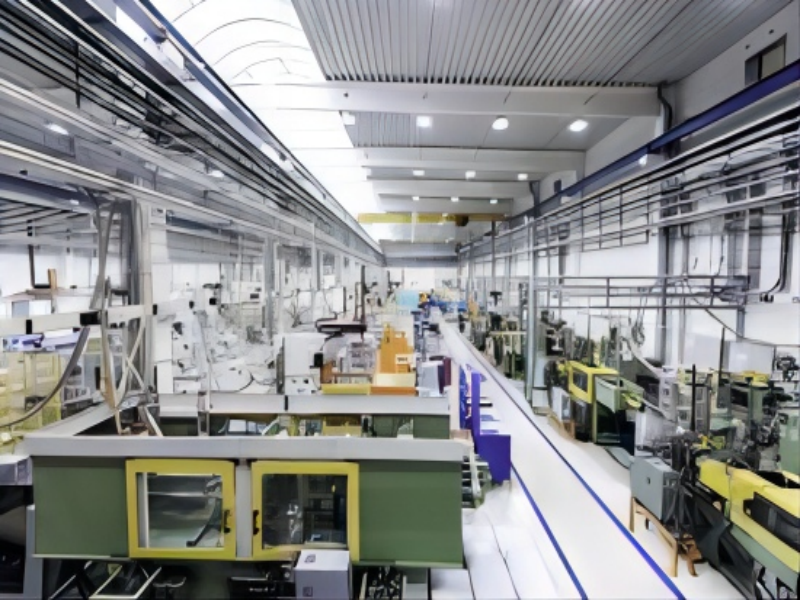High Bay Lighting Layout Guide
High bay lighting is appropriate whenever you have a large indoor workspace needing proper illumination. Some of these large indoor spaces or facilities having high ceilings (20 to 50 feet) include warehouses, manufacturing areas, large department stores, sporting halls, municipal facilities, and more. This kind of facilities, generally, massively covers both vertical and horizontal space. For this reason, the extensive facilities require the use of powerful lighting necessary for adequate illumination as per the demands of each different space requirements.
High bay lighting differs from many other available robust lighting solutions because it does not involve just the use of a single fixture style. The ‘high bay lighting’ is a term used for referring to the positioning of light fixtures and luminaries. For that reason, high bay lighting involves the use of flexible and extensive types of lamp and fittings in large, ceilinged areas.
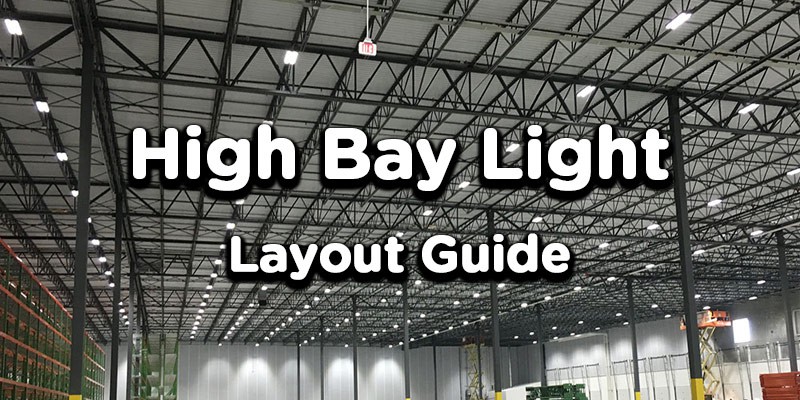
Importance of Getting A Good High Bay Lighting Design
Before mounting a system of high bay lighting, it is essential first that there are design considerations. When considering the design criteria for use, you must take into account a facility’s operating conditions and the particular work or task performed within that setup.
The high bay lighting layout must supply the quality of light required for not only performing the usual tasks but also for ensuring a work atmosphere that is safe and comfortable.
For example, a good design of high bay lighting layout must greatly help in minimizing conditions for the possible creation of glare production. Glare is terrible because it often causes visual discomfort and compromises visual visibility and performance. A glare can incidentally originate from reflections off surfaces within a facility or fashioned by a lamp or lighting fixture. An excellent high bay lighting design eliminates the potential creation of glare and other issues. Consequently, here are some of the benefits of getting an excellent high bay lighting design.
1. Dramatic energy efficiency. Through proper design of high bay lighting layout, it becomes possible to reduce the cost of energy on lighting and to eliminate or limit potential replacement or maintenance of fixtures.
2. Power savings. It becomes possible to save power as the lighting system or fixtures are designed to conserve energy and can be turned off when not in use. If the high bay lighting fixtures can light immediately, then it reduces or eliminates the need, for all the time, requiring them to be operating.
3. Provision of high-intensity lighting, which is evenly distributed within the intended facility area. That is important for promoting a comfortable and safe working environment.
What is The Good Lighting Layout Floor Plan?
It is important to also consider the floor plan of your substantial indoor space, such as a warehouse, before coming up with the best lighting layout or arrangement. In other words, the best arrangement for high bay lights must be dependent on the contents of different floor plans. To give an example, different high bay lighting fixtures may be designed specifically for particular parts of a warehouse or sporting arena. Panel high bays may be more suitable for covering larger areas, unlike the standard UFO high bay fixtures.
A good lighting layout floor plan should be one that involves a more economical, efficient, and practical illumination. Besides, always remember, the particular good lighting layout floor plan chosen should be viable even in the long term. It can become challenging to rearrange high bay lighting when there is a change in designing the layout of the space. If the floor plan is changed and the initial lighting layout remains the same, then expect ineffective lighting.
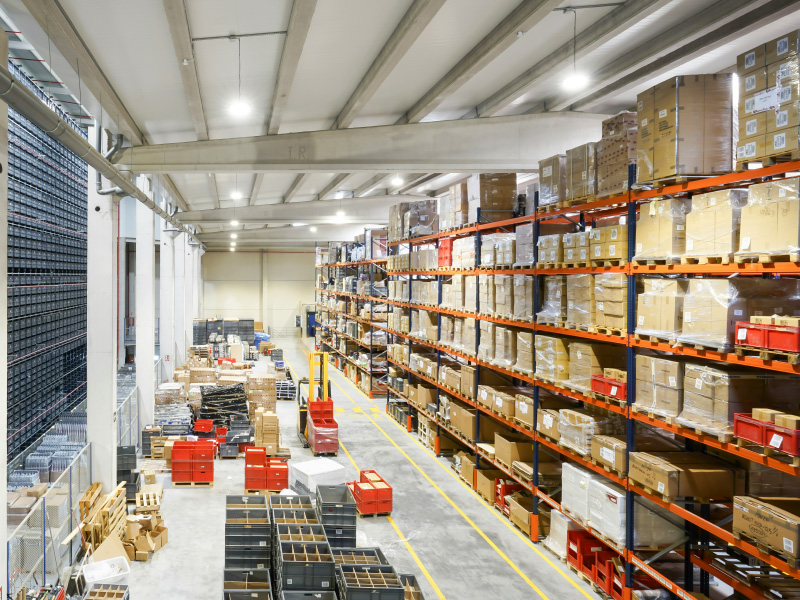
High Bay Lighting Spacing Tips
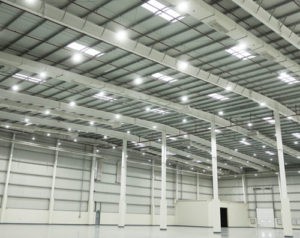
Using too many fixtures, closely spaced, will be injurious in different ways, including birthing money wastage, high energy bills, and even causing lighting discomfort. On the other hand, when the fixtures are widely spaced, then, it can lead to inadequacy in proper lighting.
For bay lighting spacing, the general idea is to make certain that you have an indoor environment that is suitably lit. At all times, remember that high bay lighting fixtures are designed for use in larger areas with tall ceilings. And hence, the fixtures are powerful enough, offering adequate illumination over a long distance and more extensive area.
a. 12-20 Feet Height
If a bright light is required in your large indoor space of between 12-20 feet high, then, the spacing of the fixtures should be between 10-12 feet. Nonetheless, for standard lighting, the spacing between light fixtures should be around 15 feet.
Wider spacing of the high bay lights enables even ground illumination, vital for the safety of users of the space and workers and supports in boosting productivit
b. 20-30 Feet Height
When your indoor space has a height of between 20-30 feet, in case you require bright light, the high bay lights should be spaced from between 20-25 feet. For achieving regular lighting, the right spacing of fixtures should be around 20 feet. If the spacing between high bay lights is nearly 25 feet, using an installation supplying a beam angle that is wider becomes necessary. A down-light beam angle that is wider promotes equal light spreading across the floor plan/layout.
c. 30 Feet And Higher
If the ceiling height of an indoor space is 30 feet and higher, then the spacing recommended between luminaires is 20 feet, to benefit from bright lighting. If you desire standard light, a spacing of 25-30 feet is much better.
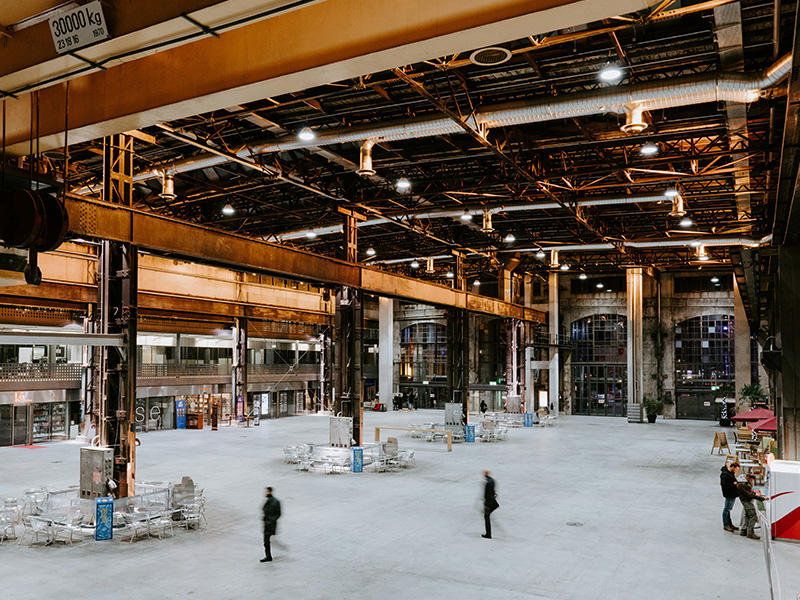
Difference In Lighting Layout In Garage, Warehouse And Grow Room
Garage, warehouse, grow room, and other large indoor areas tend to require different levels of illumination. It is always recommended that the particular lighting layout designed and implemented should be determined by the specific tasks conducted in the relevant areas. Nevertheless, ensure that the lighting layout used adheres to the requirements of health and safety.
a. Garage Lighting Layout
garage-ceiling-lighting-layoutWhen designing a lighting layout for your garage, remember there are different types and configurations of fixtures to use. You can improve the lighting of your garage shop by choosing the right lights. Make sure that the design of the lighting layout enhances navigation, does not generate any shadows, and that areas, where you spend most of your time, are adequately lit.
For the light output of a residential garage, you can implement a lighting layout of 50 lumens for every square foot. In workshop areas, it is okay to adopt 300 lumens for every square foot.
b. Warehouse Lighting Layout
When it comes to lighting in a warehouse, understand that there are guidelines you can use. The environment and usage guidelines on warehousing can help you comprehend the light fixtures for use, including high bay lights and explosion-proof luminaires.
Make sure that when it comes to warehouse lighting layout, the distance between lighting fixtures and goods is noted. The appropriate range gives the right illumination and eliminates possible dangers such as an explosion or fire. To safeguard against or reduce causes of power failure, you should rely on the use of multiple power supplies and installation of standby devices.
When considering installation in a warehouse requiring high lighting, with a low ceiling, it is best to choose the wall mounting option. Wall mounting of lighting fixtures are easy to operate and supplies high-quality illumination. For high ceiling warehouses, which require large area illumination without accent lighting, then suspending fixtures are the best.
c. Grow Room Lighting Layout
high-bay-lighting-layout-for-grow-roomYour grow room lighting layout must be right to deliver uniform light intensity and concentration across the available space. With the uneven spread of growing room light, do not be surprised to see plants located in bright hot spots developing taller than other plants in areas not adequately lit.
Achieving an intense uniform illumination in your growing area is advantageous in a variety of ways, including:
● Reducing light lost through walls
● Achieving a constant level of light
● Getting a broad-spectrum light
● Receiving maximum light intensity
● Deepening light concentration, for reaching every part of a plant
When it comes to growing room lighting plan, another equally common addition is the use of a reflector. A reflector helps in achieving the right lighting of vertical surfaces. Moreover, always remember, as your plants grow, the height of the lighting system must be rightly adjusted. That is beneficial in helping maintain the appropriate, safe distance between the lighting system you are using and the crops growing.
Always note that there are numerous options for high bay lighting layout fixtures. The different types of light fixtures include LED lights, fluorescent lights, and induction lights. All of those high-bay fixtures have their pros and cons. Say, when it comes to LED lights, even though they more preferred because they are energy efficient and last longer, still, their initial cost is very prohibitive.
Conclusion
In conclusion, worth adding here is that the addition of natural light is highly encouraged when it comes to lighting large indoor spaces. Incorporating natural light into your garage, warehouse, grow room is a guarantee for boosting the general brightness and warmness of the working area. Furthermore, the incorporation of natural light can significantly help in the conservation of electric energy and consequently, realize the reduction of the usually expensive electric bills, especially during daytime.

